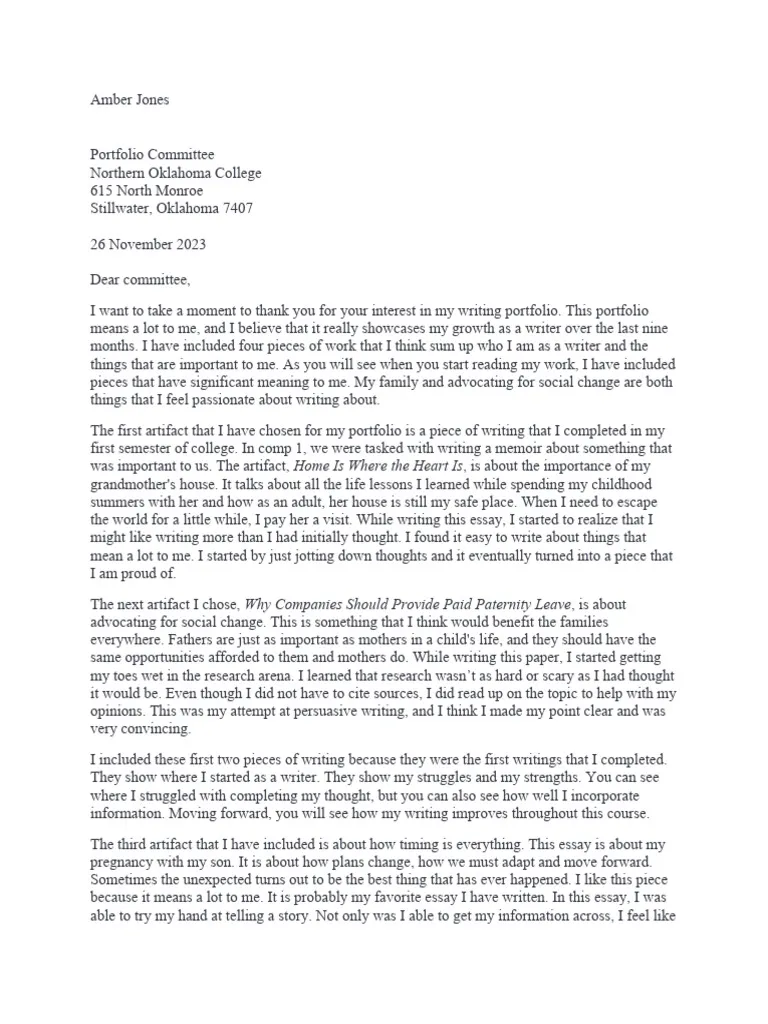Crafting a Compelling Cover Letter
A cover letter serves as your first introduction to a potential employer and complements your professional portfolio by providing context and highlighting key skills and experiences. It’s a crucial document that can significantly increase your chances of landing an interview. To make your cover letter stand out, focus on showcasing your personality, passion, and how your skills align with the specific job requirements. This guide will provide you with the top 5 tips to transform your cover letter into a powerful tool, showcasing your professional portfolio and securing your desired role. Remember, a well-crafted cover letter is not just a formality, but a vital component of your job application strategy. It allows you to expand on your resume, demonstrate your communication skills, and make a memorable first impression.
Highlighting Your Key Skills
Your cover letter should be a showcase of your relevant skills. Don’t just list them; demonstrate how you’ve applied these skills in past projects or roles. For instance, if the job requires project management skills, mention a specific project where you successfully managed deadlines, resources, and team members. If you’re applying for a design role, highlight your proficiency in design software and provide examples of your work within your portfolio. Tailor the skills you emphasize to match the job description. This demonstrates that you’ve thoroughly researched the role and are prepared to meet the employer’s needs. Use action verbs to illustrate your accomplishments and skills – verbs like ‘managed’, ‘developed’, ‘designed’, or ‘implemented’ can significantly enhance the impact of your statements. By highlighting your key skills and providing concrete examples, you immediately demonstrate your value to the employer.
Quantifying Achievements
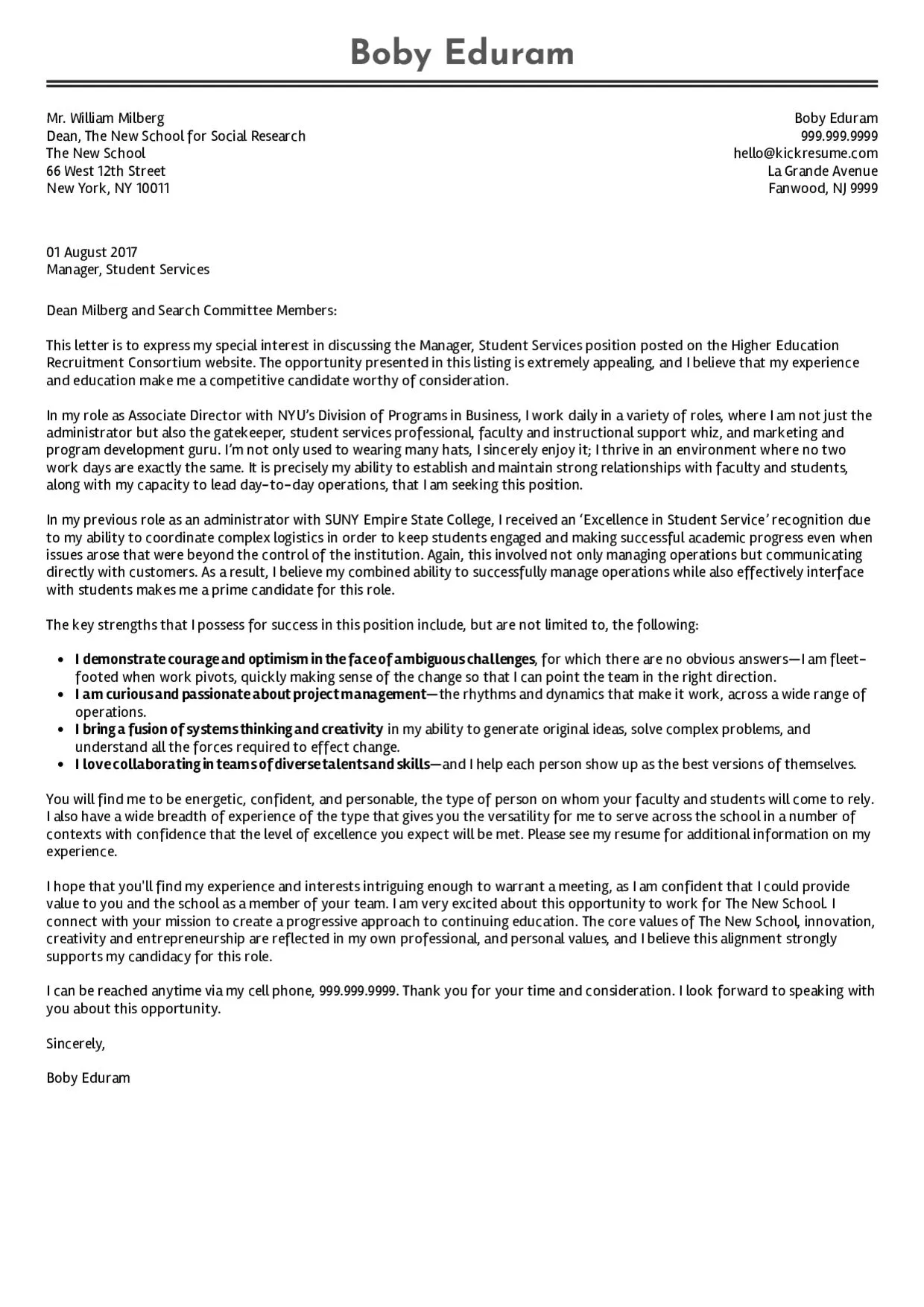
Numbers and data give credibility to your achievements. Instead of saying ‘Improved customer satisfaction’, say ‘Increased customer satisfaction by 20%’. If you managed a project, mention the budget and the timeline you adhered to. If you led a team, specify the team size and any successes achieved. Quantifying your achievements provides concrete evidence of your capabilities and impact. This isn’t just about listing numbers; it’s about providing context. Explain the scope of the achievement and the significance of your contribution. For example, if you reduced costs, specify the percentage or the amount saved and explain how you achieved it. By quantifying your accomplishments, you demonstrate the tangible value you bring to a potential employer, making your cover letter more persuasive and memorable. Remember to include the achievements that best showcase the skills and experience relevant to the specific job you are applying for.
Showcasing Relevant Experience
Your cover letter should be a curated narrative of your professional journey, emphasizing experiences relevant to the job. Even if your past roles differ from the job you’re applying for, highlight transferable skills. For instance, if you’re transitioning from a marketing role to a project management role, emphasize your experience in coordinating campaigns, managing budgets, and working with cross-functional teams. Instead of just listing your past job titles, provide a brief overview of your responsibilities and the outcomes you achieved. This will give the employer a clear understanding of how your past experiences align with the requirements of the role. Make sure to align your experiences with the job description and demonstrate how your past work has prepared you for the position. You can also refer to your portfolio and highlight specific projects that are relevant to the job, further showcasing your skills and experience.
Tailoring Your Letter to Each Application
Generic cover letters often get overlooked. Customizing your cover letter for each job application demonstrates that you’ve taken the time to understand the role and the company. Research the company’s mission, values, and recent projects, and then incorporate those insights into your letter. If the job description mentions specific skills or qualifications, make sure to address them directly. Use keywords from the job description in your cover letter to help your application get noticed by applicant tracking systems (ATS). By demonstrating your understanding of the company’s needs, you make it clear that you’re genuinely interested in the role and a good fit for their culture. Always personalize the letter to the hiring manager if possible, and avoid using generic greetings such as ‘To Whom It May Concern’. Tailoring each letter may take extra time, but it significantly increases your chances of securing an interview.
Formatting and Presentation Tips
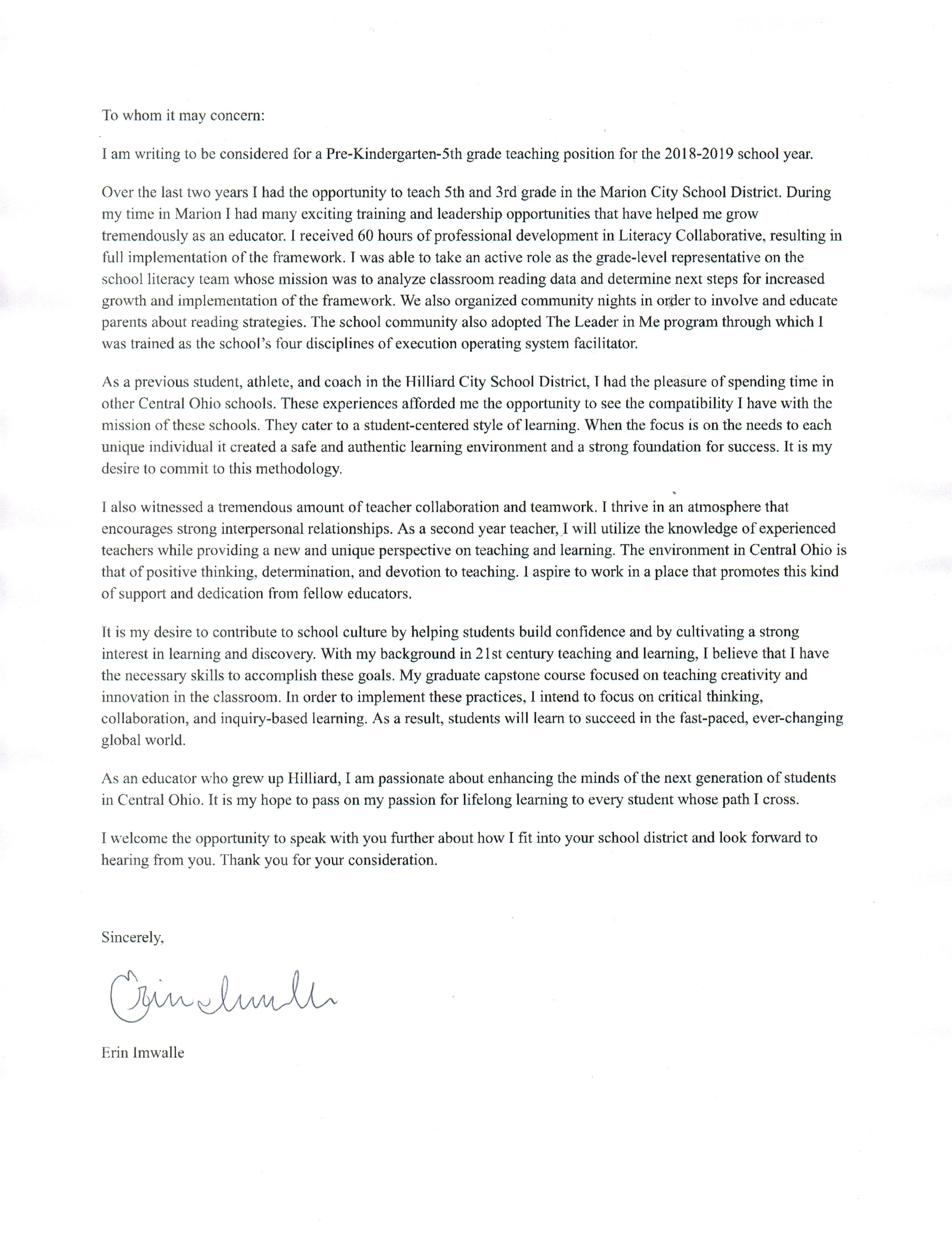
Presentation matters. A well-formatted cover letter is easy to read and visually appealing. Choose a professional font like Arial, Times New Roman, or Calibri, and maintain consistent font sizes. Use clear headings and spacing to break up the text and make it more digestible. Keep paragraphs concise, and avoid long blocks of text. Ensure that your cover letter is error-free by carefully proofreading and checking for grammatical errors. Use a professional email address and include your contact information, including a link to your online portfolio or website. Also, ensure that your cover letter aligns with your resume, creating a cohesive and professional presentation of your skills, experiences, and achievements. A well-formatted and error-free cover letter reflects your attention to detail and professionalism, making a positive first impression on potential employers.
Structuring Your Cover Letter for Maximum Impact
Opening with a Strong Hook
The opening paragraph is your chance to grab the reader’s attention. Avoid generic openings. Instead, start with a strong hook that highlights your enthusiasm, relevant experience, or a specific achievement. You can mention a mutual connection, reference a project you admire, or state your interest in the company’s mission. The hook should immediately convey your value and make the reader want to continue reading. Keep it brief and to the point, and tailor it to the specific job and company you are applying for. A compelling opening establishes a positive first impression and encourages the reader to learn more about you and your portfolio.
Developing the Body Paragraphs
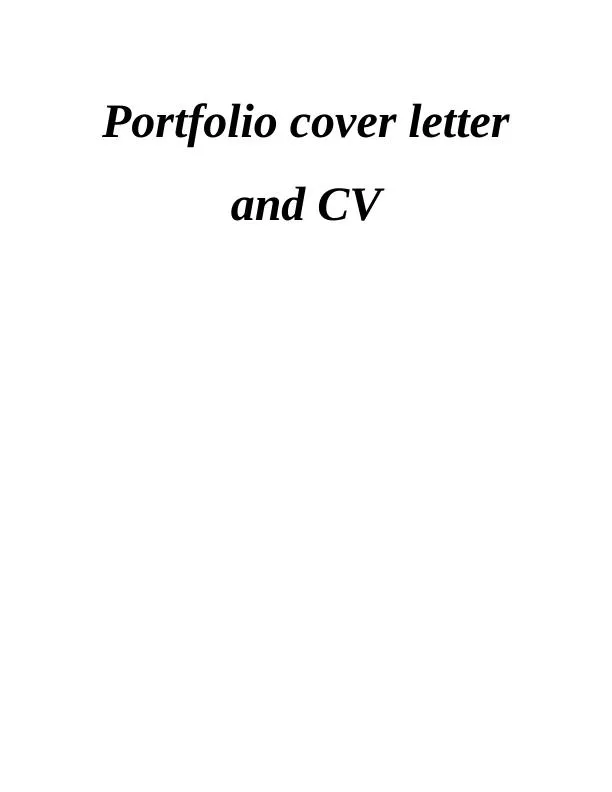
The body of your cover letter is where you expand on your skills, experience, and achievements, supporting what you mentioned in the opening. Use the body paragraphs to address the specific requirements of the job description. Highlight relevant skills and experiences, using examples to demonstrate your capabilities. Break down your achievements into easily digestible points. Quantify results whenever possible, as numbers make your achievements more credible. Keep each paragraph focused and relevant, and create a clear flow of information. Focus on showcasing your value and how you can contribute to the company’s goals. Use action verbs to describe your accomplishments and explain the significance of your contributions in your previous roles. The body paragraphs should not simply repeat your resume; instead, they should give context and support the value you offer.
Closing with a Call to Action
End your cover letter with a clear call to action. This encourages the reader to take the next step in the hiring process. State your interest in an interview and express your eagerness to discuss how you can contribute to the company. You can reiterate your key qualifications and briefly mention what you are most excited about concerning the role. Make it easy for the employer to contact you by including your phone number and email address. Always express gratitude for their time and consideration. A strong call to action reinforces your enthusiasm and makes it easier for the employer to take the next step, increasing your chances of getting an interview. By ending with a call to action, you make a lasting impression and demonstrate your proactive nature.
Proofreading and Editing Your Cover Letter
Checking for Grammar and Spelling Errors
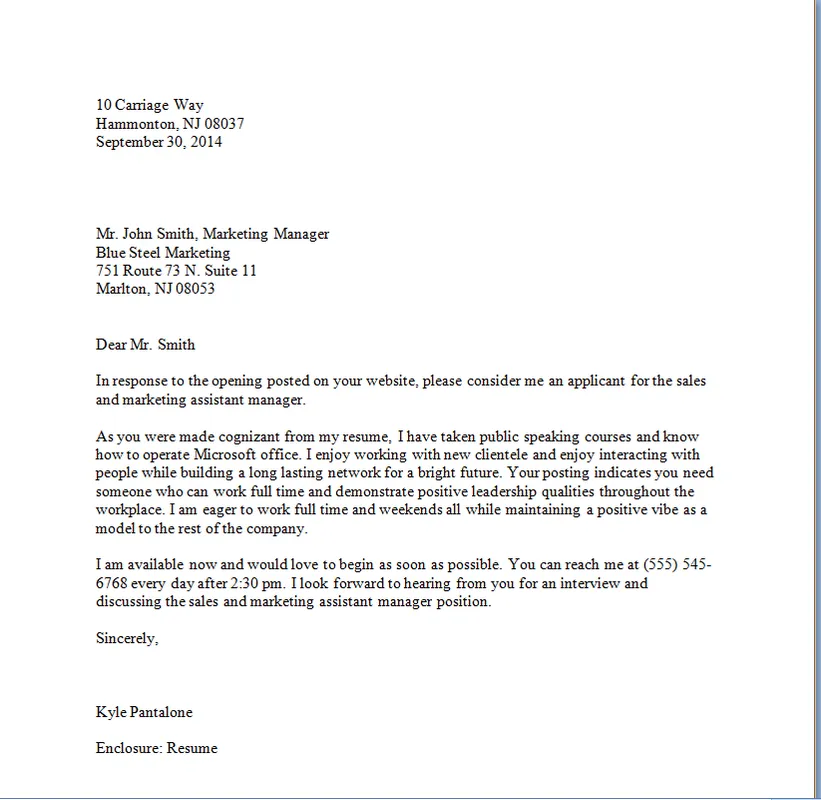
Typos and grammatical errors can immediately undermine your credibility. Always thoroughly proofread your cover letter before submitting it. Use a spell checker, but don’t rely on it entirely. Read the letter carefully, and consider reading it aloud to catch any awkward phrasing or errors. Pay close attention to punctuation, capitalization, and sentence structure. Grammatical errors can suggest a lack of attention to detail and professionalism, so proofreading is an essential step in the application process. Ask a friend or colleague to review your letter as well, as a fresh pair of eyes can often catch mistakes that you might miss. Ensure your cover letter is polished and free of any errors.
Ensuring Clarity and Conciseness
Clarity and conciseness are key to making a strong impression. Avoid using jargon or overly complex language. Keep your sentences and paragraphs brief and to the point. Make sure your message is clear and easy to understand. A well-written cover letter should communicate your key points in a way that is easy for the reader to grasp quickly. Remove any unnecessary words or phrases. Revise your letter to ensure that it flows smoothly and is easy to follow. Use active voice instead of passive voice to make your writing more dynamic and engaging. Your goal is to provide a clear and concise overview of your qualifications and experiences, making it easy for the reader to understand why you are a good fit for the job.
Seeking Feedback from Others
Getting feedback is crucial for refining your cover letter. Ask friends, mentors, or career counselors to review your letter and provide their feedback. They can provide valuable insights into your strengths and weaknesses and can also identify areas for improvement. Request feedback on the clarity, conciseness, and overall effectiveness of your letter. Ask them to check for grammatical errors, clarity of messaging, and the general flow of the content. Consider their suggestions, but always maintain your unique voice. Be open to constructive criticism, and use the feedback to make necessary improvements. Seeking feedback from multiple sources can help you refine your cover letter and make it even more effective, increasing your chances of success. The more opinions you gather, the more well-rounded your cover letter will become.
Cover Letter Examples for Inspiration
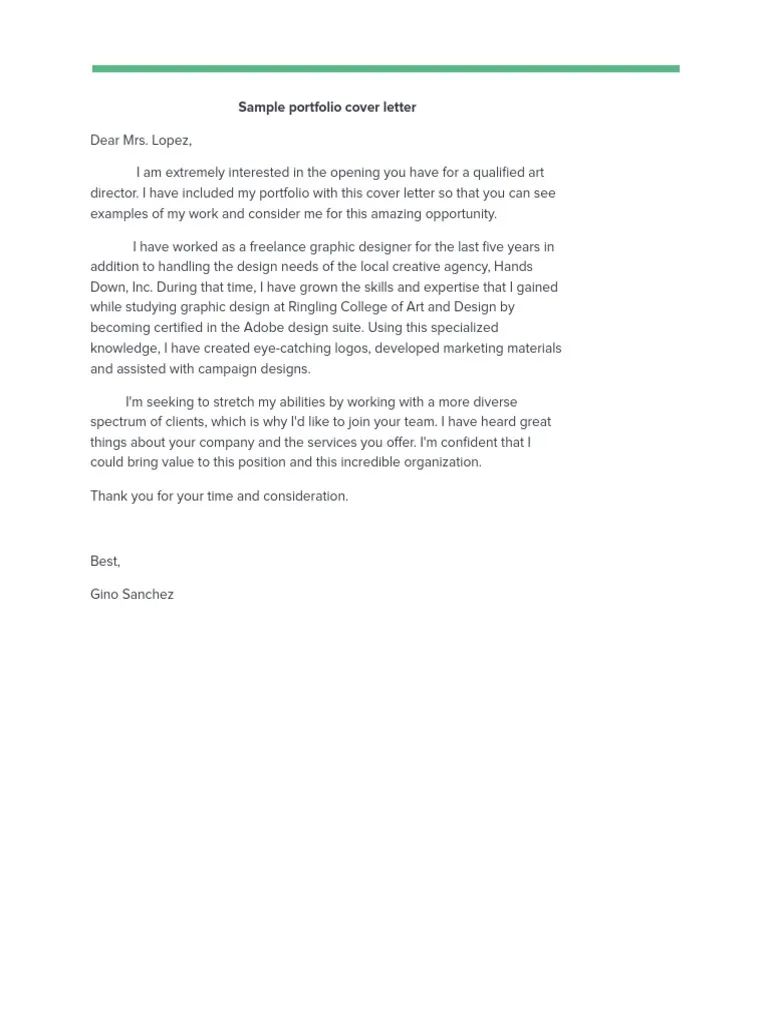
Reviewing examples can give you a better understanding of how to structure and write your own cover letter. Look for cover letter templates online that are specific to your industry or role. Analyze how the examples showcase skills, quantify achievements, and tailor the letter to a specific job. Pay attention to the language used and the overall tone of the letter. Remember to customize the examples to fit your own experience and the specific job you are applying for. Many online resources offer cover letter examples, including sample cover letters, tips, and expert advice. Use these examples as inspiration but always ensure your letter is original and reflective of your professional brand. By studying examples, you can refine your skills, improve your understanding, and create a powerful and persuasive cover letter that will impress potential employers.
